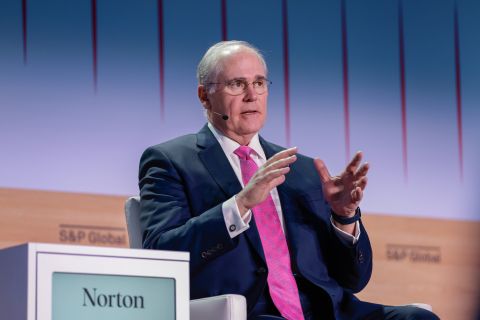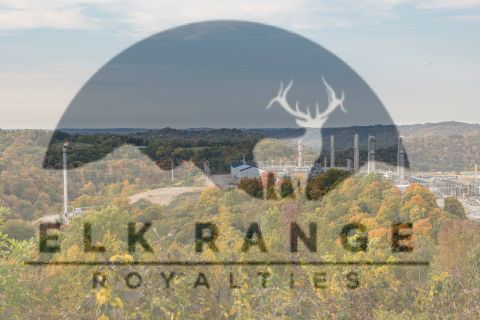Lone Star Ports LLC will lead development and operation of a Carlyle Group-backed crude export terminal in Corpus Christi, Texas, that can fully load supertankers, according to a statement from the project leaders on Dec. 14.
Carlyle Group (NASDAQ: CG) and the Port of Corpus Christi Authority in October jointly proposed building a $1 billion crude export terminal on an island controlled by the authority. The partners have said they expect to begin operations at the facility in late 2020.
Thursday’s announcement adds a project manager to oversee development and construction of the facility, one of three competing to be the first to begin operations in the area.
There are more than six proposed terminal projects along the Texas and Louisiana coasts angling to handle exports of U.S. oil, with booming production expected to reach more than 12 million barrels per day (MMbbl/d) next year.
Corpus Christi’s three projects would be the closest to the Eagle Ford and Permian Basin shale fields. New crude pipelines that will ferry an additional 2 MMbbl/d to the South Texas port are expected to begin operations late next year.
Lone Star, a recently formed joint venture between Carlyle and construction company The Berry Group, reached preliminary agreements to connect the proposed terminal to crude pipelines owned by Hilcorp Energy Co.’s Harvest Midstream and to Epic Pipeline LP. The two pipelines will have access to more than 1 MMbbl/d of crude oil production, the companies said in a statement.
Lone Star is led by former EQT Corp. (NYSE: EQT) midstream executive Jeremiah Ashcroft III, who has previously led development of other marine terminals.
Lone Star also disclosed a deal with services provider Martin Midstream Partners LP to work together on the Corpus Christi project.
When completed, the Carlyle-Port of Corpus Christi terminal will have the capacity to store 4 MMbbl onshore and load 1.4 MMbbl/d onto tankers.
Carlyle earlier agreed to help finance dredging of the waters near the export terminal to reach a depth of 75 ft, which would allow supertankers that carry up to 2 MMbbl of crude to fully load at its docks.
Recommended Reading
Marketed: Paloma Natural Gas Eagle Ford Shale Opportunity in Frio County, Texas
2024-02-16 - Paloma Natural Gas has retained EnergyNet for the sale of a Eagle Ford/ Buda opportunity in Frio County, Texas.
ONEOK CEO: ‘Huge Competitive Advantage’ to Upping Permian NGL Capacity
2024-03-27 - ONEOK is getting deeper into refined products and adding new crude pipelines through an $18.8 billion acquisition of Magellan Midstream. But the Tulsa company aims to capitalize on NGL output growth with expansion projects in the Permian and Rockies.
Brett: Oil M&A Outlook is Strong, Even With Bifurcation in Valuations
2024-04-18 - Valuations across major basins are experiencing a very divergent bifurcation as value rushes back toward high-quality undeveloped properties.
Elk Range Royalties Makes Entry in Appalachia with Three-state Deal
2024-03-28 - NGP-backed Elk Range Royalties signed its first deal for mineral and royalty interests in Appalachia, including locations in Pennsylvania, Ohio and West Virginia.
SilverBow Gears Up for Proxy Fight with Kimmeridge
2024-04-09 - Both SilverBow Resources and Kimmeridge Energy Management have proposed a slate of candidates for the board of directors with a vote set for May 21.




